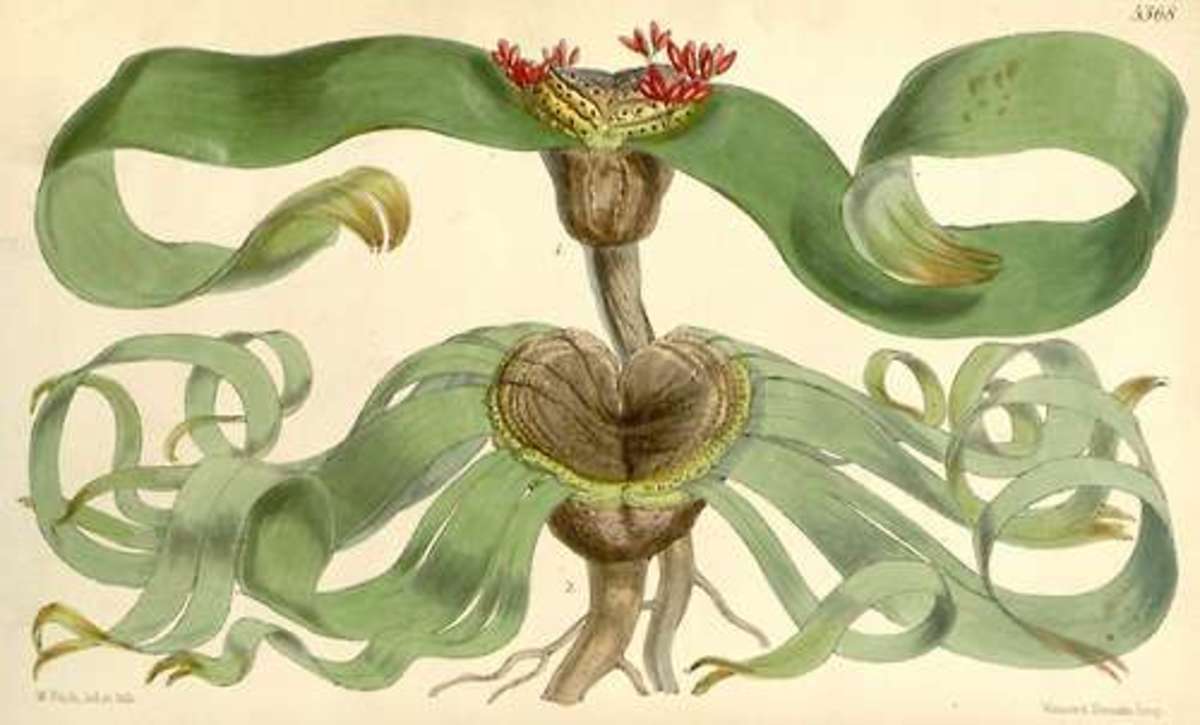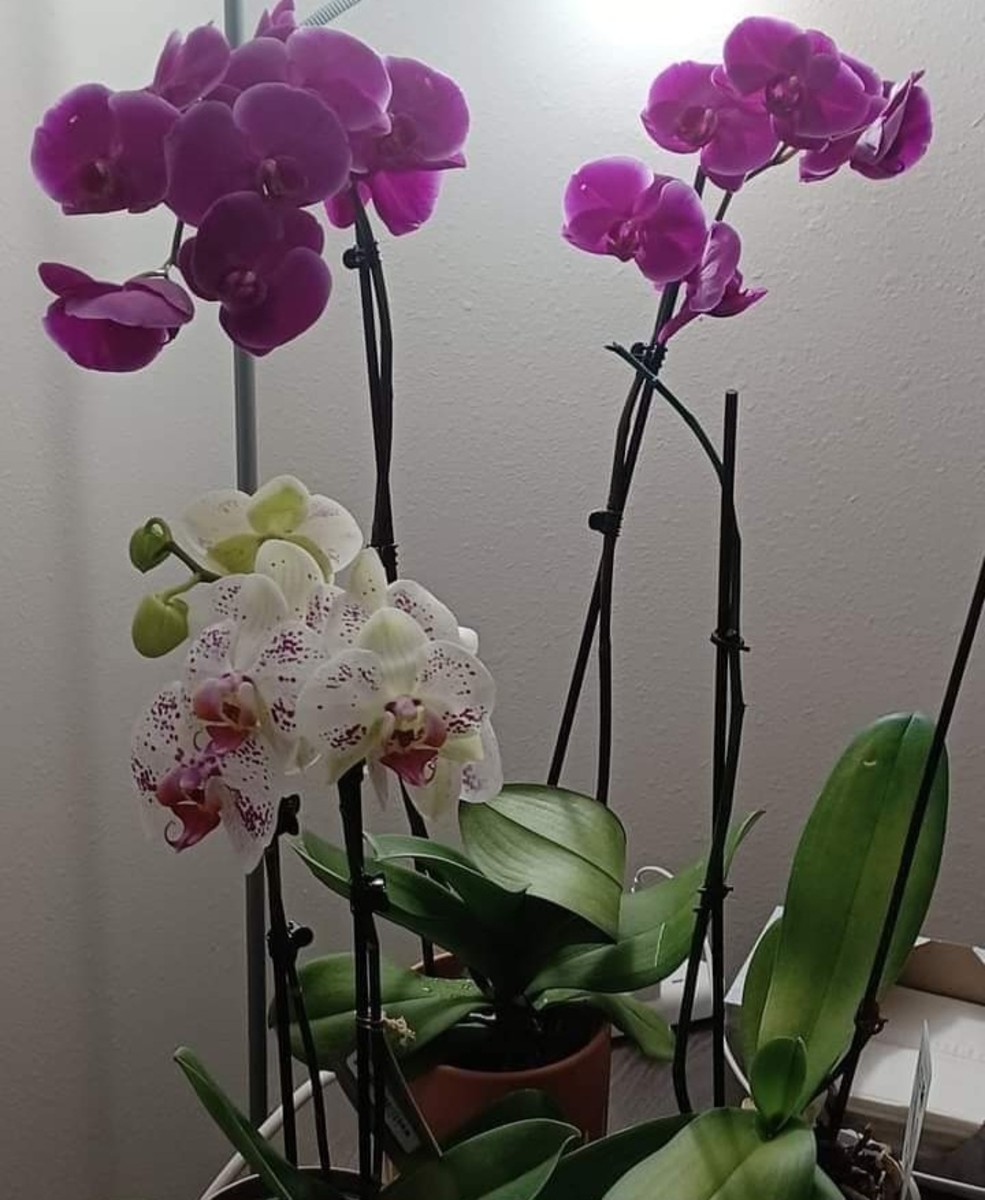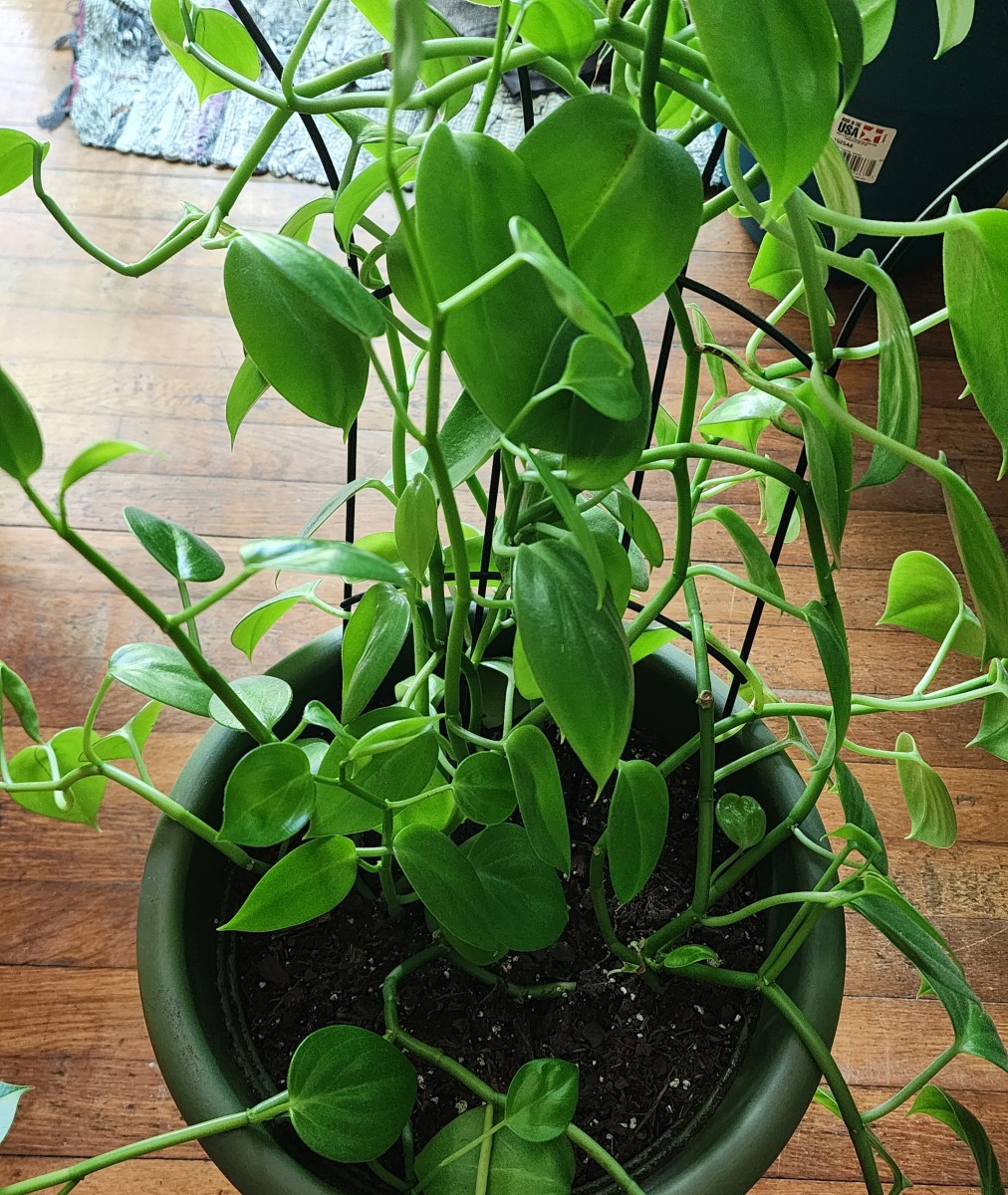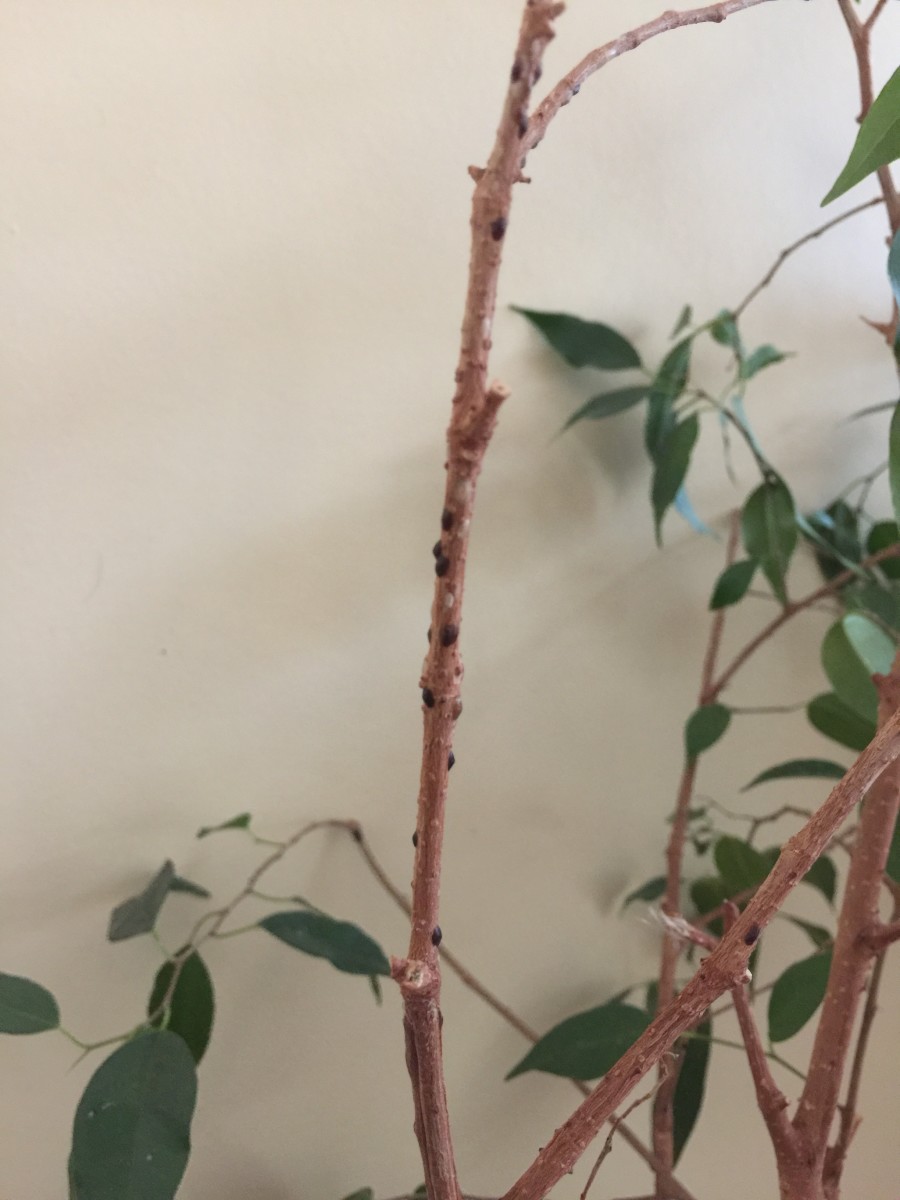Talking To Plants or Getting To The Root Of The Matter


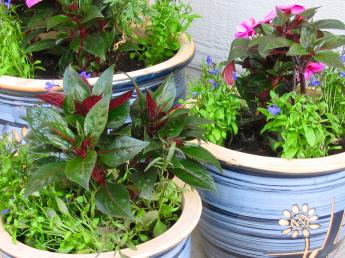

Rusted Root - Send Me On My Way
Blah, Blah, Blah... Grow Dammit!
German Professor, Dr. Gustav Theodor Fechner, was thought of as a fool by many in 1848. Dr. Gustav, was sort of a laughing stock when he first suggested that people should talk to their plants in order to help them grow. Many years later the joke was on the nay-sayers.
He went so far as to write a book called "Nanna" (Soul-life of Plants.) Dr. Fechner went on in his book to explain that plants, like humans, have a central nervous system, and even possesses "emotions." So by this very arguement the Doctor, suggested that humans should try and relate to their plants by talking to them often.
Dr.Charles Darwin (the Origin of Species) agreed in with Fechner's claims, thirty-four years later, by publishing "The Power of Movement in Plants." In which Darwin pointed out the simularities of primates to those of plants. Much later, free- thinking horticulturist Luther Burbank wrote a book called "Training of the Human Plant." Where he hypothesized that plants may not understand words, but plants could telepathically comprehend what was being said.
And if talking to your house foliagejust wasn't enough...a New York dentist by the name George Milstein, in 1970 produced a record called "Music to Grow Plants By" this guy was "far-out." Dr. Milstein believed that exposing the plants to soothing music could help them to grow several times faster...dammit! and all this time I've been using Miracle Grow. But guess what those lab stoner's studies had confirmed? That's right! Plants subjected to soft, classical music grew towards the sound, but that plants subjected to hard rock music often withdrew from the music, eventually the plants would wither and die...Later, I'm sure, the test subject was dried, stems and seeds removed; and passed among the scientist in a cigarette form... I maybe wrong about that last part, but in was the 70's and we are talking about letting plants listen to music and plant-life telepathy.
In the 1970's, you macramé twisting, folks from across the world talked to your plants in order to help them grow, bigger, lusher, and greener. There are many green thumbs and thumbers who swear by plant-chatting even today. Yeah keep on believing that twisty-puff-puff.
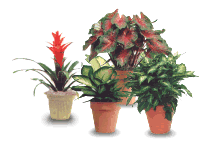




Q) So What's Your Sign? ... A) Moderate Water and Plenty Of Light.
In a 1986 interview, England’s Prince Charles, the voice of all thing reasonable, discussed his gardening habits, claiming "I just come and talk to the plants, really. Very important to talk to them; they respond."
"There isn’t a lot of research in this area," said Rich Marini, head of Penn State’s horticulture department, "But there is evidence that plants respond to sound." In fact, plants react readily to a host of environmental stimuli, as the ability to respond to changing environments is vital to their survival. Explained Marini, "Wind or vibration will induce changes in plant growth. Since sound is essentially vibration, my guess is that vibration is causing a response."
Research supports Marini's guess. A 2007 paper from scientists at South Korea's National Institute of Agricultural Biotechnology proposed that two genes involved in a plant’s response to light are turned on by music played at 70 decibels. "This is about the level of a normal conversation," said Marini. The Korean researchers found differing responses depending on the frequency of the sound. The higher the frequency, the more active was the gene response.
Regarding why plants would have evolved to respond to vibration in the first place, Marini speculated that it may have occurred as a way to help them survive in windy environments. "Plants exposed to wind produce a growth-retardant hormone called ethylene, which causes the plant to be shorter and to have thicker stems. So plants exposed to wind can better survive very windy conditions."
As to the popular CO2 theory... that plants respond to the carbon dioxide produced by human speech, Marini isn't buying it. "Carbon dioxide levels do influence the rate of plant photosynthesis," he explained, but "people would have to speak to their plants for at least several hours a day to enhance photosynthesis enough to influence plant growth."

Hothouse Flowers -Don't Go



Look! It's A Bloomin' Idiot
In an episode of the TV show Mythbusters... The main characters conducted an experiment based on talking to house plants and their findings were positive. They found that the plants that were talked to nicely actually did much better than the plant that were left "silent," but their finding also noticed that plants that were talked to angrilyalso had positive growing results. So, they concluded that any talking was better than none at all.
The Mythbusters also subjested plants to music...finding the plants that had classical music played to them did much better than the plants with heavy metal blaring, Now is that science fact or controlled atomosphere at play?
Carbon dioxide enrichment is used extensively in horticultural greenhouse applications to get better growth from crops such as tomatoes, peppers, and cucumbers. Its pretty cool stuff that goes into achieving high quality/high yield in the greenhouse. But don't you think it would take a lot more CO2 than just talking to your plants to make them flourish? I mean we are comparing soil enrichment.. not a bunch of folks whispering sweet insencre "I love you's" to green house flora.
Yes, plants need carbon dioxide, which you breath out when you talk. It's an important part of the photosynthesis reaction, during which they acquire the food/energy they need to grow and live. The only problem are the quantities involved. In order to make much difference, the plants would have to be CO2 deficient and you would have to talk to your plant for several hours and at very close range (because it's a gas, CO2 diffuses VERY rapidly).
Greenhouses do sometimes add CO2 to the air, but generally these operations are fairly well sealed to keep pests out and humidity high. The thousands of plants in the closed greenhouses use a much higher percentage of the CO2 in the air compared to the almost 0% that houseplants use..


Sweet Talk Or Just A lot Of Hot Air?
As to why plants respond to vibration in the first place? Don't all living things respond to good vibrations?
Of course, all the good vibrations in the world aren’t going to help the plants if people forget to water them. The best thing anyone can do to help their plants grow is provide them with light, water, and plant food. While the studies suggest that sound may spur plants to faster growth, there is no definitive evidence that a gift of gab will turn people into green thumbs.
Ideal conditions for growth have more to do with temperature than talk. But if you want to whisper sweet nothings to your begonias, well, nobody's stopping you.




